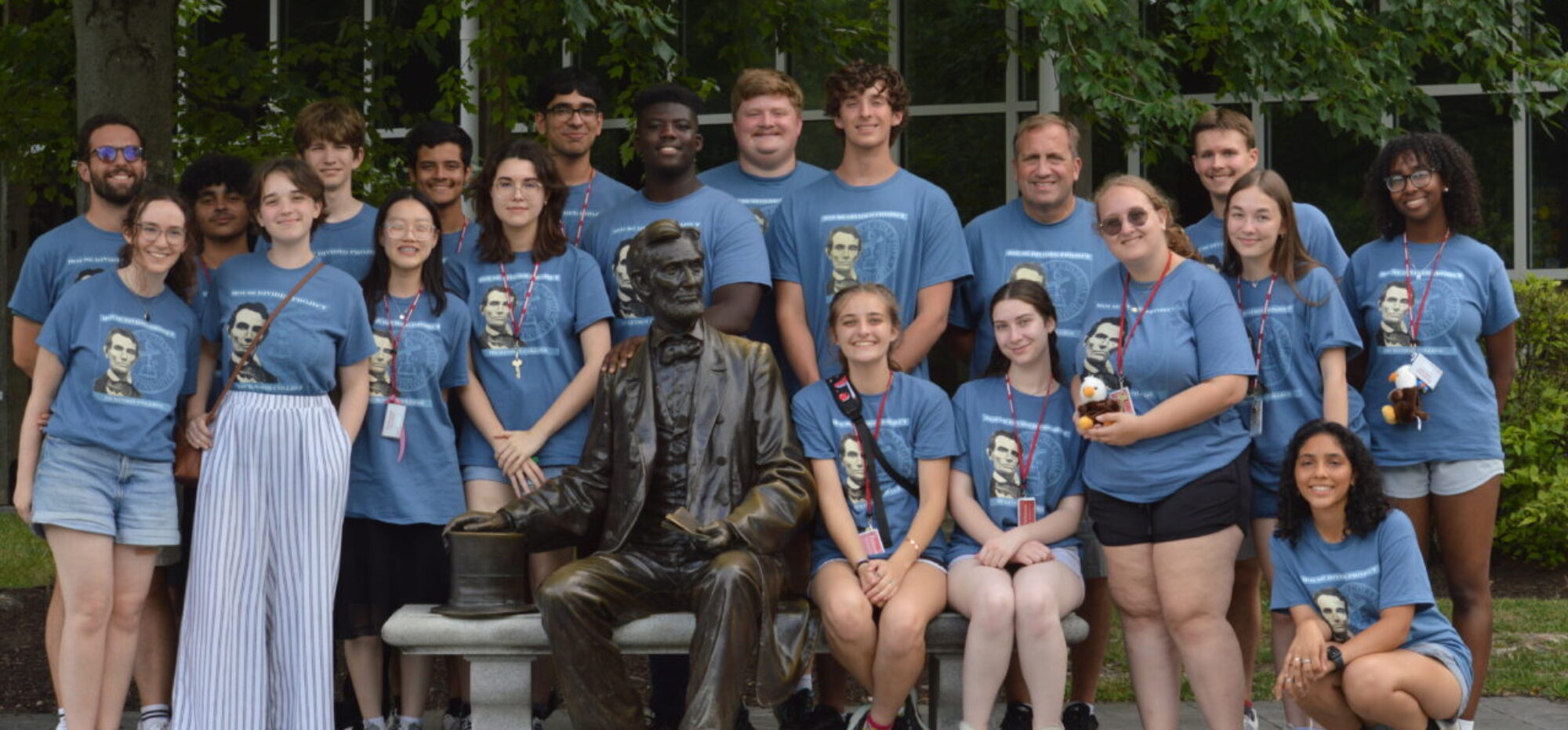Due Monday July 21 by 7pm
Second Essay due by Friday, August 8 at 5pm (posted at 2025 project site)
During the campus experience, all students will have one close reading assignment, due in draft form to Grad TAs by Sunday afternoon, July 21 and in final form to Prof. Pinsker by Tuesday, July 21, posted at 2025 project site by 7pm. Reflections should analyze one of the course texts in close reading style, about 500 to 1,000 words or 2 to 3 pages (single spaced), with 2-3 images (properly credited and captioned) and with one short video or podcast reading (link included in post) that attempts to bring to life a short snippet (20 to 60 seconds) from the assigned text. Students may select ANY document from the course texts list –from 2025 or from previous years. These assignments will be evaluated for analysis, prose and multi-media effort.
- Here is a handout on some best practices for historical close reading reflections
- And don’t forget to rely on the Methods Center for additional guidance about research, writing, citing, and editing
- There are models for student close readings scattered throughout the web pages on our assigned texts, and there’s an entire section devoted to them in Prof. Pinsker’s Student Hall of Fame, but here’s two useful models from previous seminars:
- Etsub Taye on Declaration of Sentiments (1848)
- Jake Sokolofsky on Letter from Birmingham Jail (1963)
- Also the 2025 Dickinson tutors have each produced model essays with videos on the Project site. Check them out:
- Generally, the best way to approach organizing these essays is to remember Prof. Pinsker’s close reading mantra: text, context, subtext. Consider opening your essay with a snippet of text, briefly explain its context and then offer a thesis statement that explains and assesses subtext (or the author’s intended strategy). Then your body paragraphs can follow that structure as well. Take a paragraph or two to summarize the text, including defining key words and describing format. Offer another paragraph or two on context (including both period context from the introductions and further readings and also perhaps some document context, where relevant, connecting to other earlier documents on the syllabus). Then provide an analytical paragraph or two assessing subtext or the author’s strategy and whether or not he or she achieved his or her goals. Close with a final paragraph, perhaps one that looks toward the future.
- Chicago-style footnotes are recommended for this assignment but not required (they will be required for those pursuing online credit later, however). But regardless of what citation format you employ, please always make sure that your sources are clear and that you have not committed plagiarism in your reflection. Secondary source research is not required for this first assignment but it is a good idea to try to connect the primary source text under study to other primary source texts from the syllabus where you can.
- Video companions for these reflections should be produced in WeVideo and feature strong reading voices paired with relevant images and an effective music track. All videos must include a properly formatted credits slide.
- Students will have a series of required workshop and check in sessions to help guide their process. The workshop are generally scheduled in the afternoons from 130pm to 245pm, in Denny 112. The check in sessions occur at High Street:
- Wednesday (Week 1) (7pm to 9pm) OPTIONAL brainstorming
- Thursday (Week 1) (7pm to 9pm) REQUIRED brainstorming
- Sunday (Week 2) (10am to noon), optional video review with undergrad tutors
All reflections should be posted at the 2025 project WordPress site with a selection of 2-3 images (properly credited and captioned) and with one link to a short video that attempts to bring to life a snippet (20 to 60 seconds) from the assigned text.
- Here are detailed guidelines for using WordPress to post your close reading reflections
- Here are detailed guidelines for building a short video or a more advanced podcast-style audio file (using the WeVideo platform or another alternative).
Model video:
These assignments will be graded on the basis of prose quality, analysis, and multi-media effort.
- Finally, try to remember some general best writing practices, such as relying on PAST TENSE to describe both the historical figures and the statements from the texts to help situate them in their context. Also, remember not to turn these close reading reflections into mini-research papers, but rely instead on your own reasoning, connections to other texts from our curriculum, and, where relevant, some of the further reading material. When you use other texts or further reading materials, make sure to cite them and link to them where possible. Also, somewhere up front, please make sure to link the main text under consideration. You do not need footnotes for these initial close readings but you may use them where needed.
Late reflections will be penalized up to 5 points each day.
